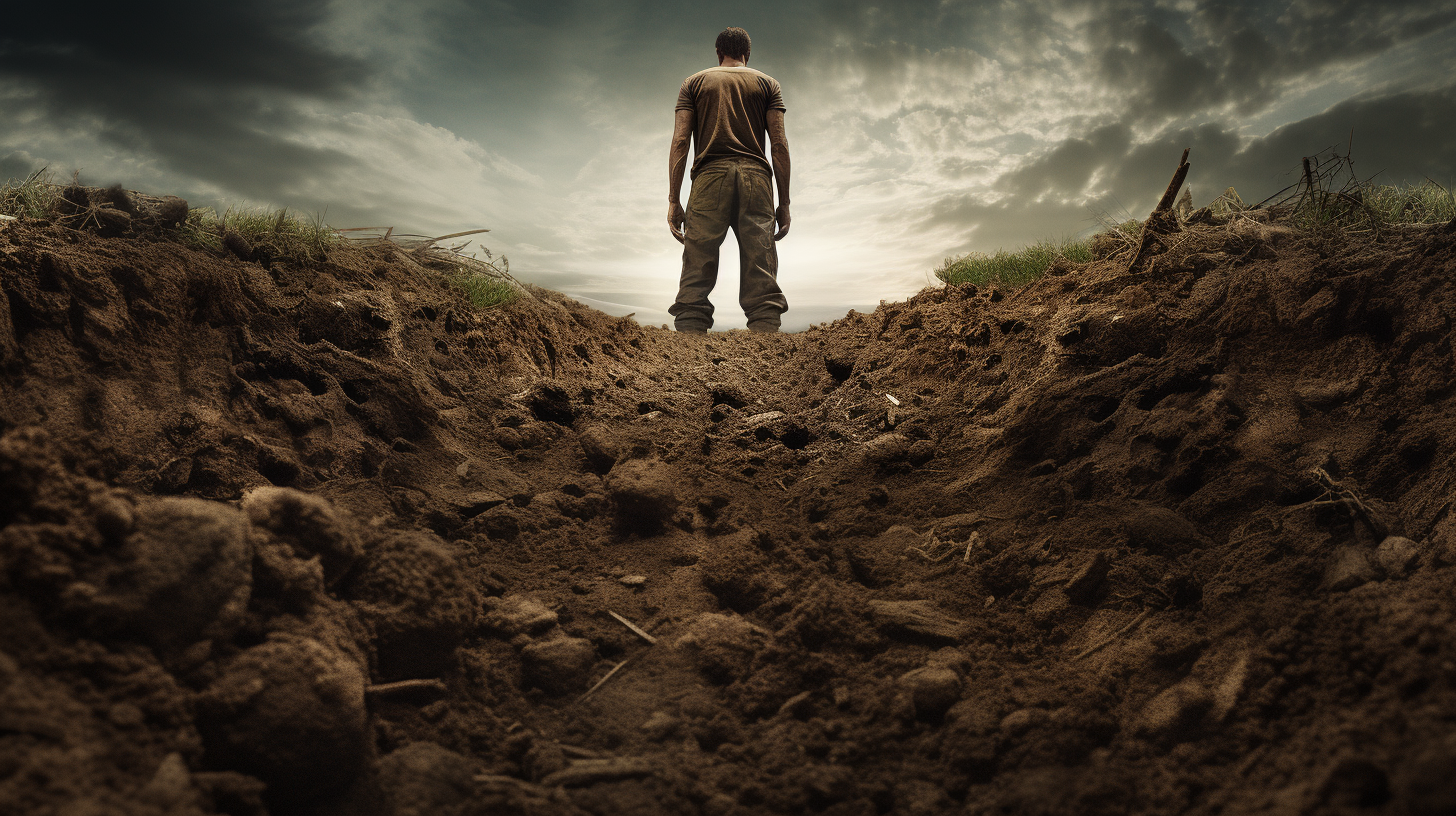As the sun continues to bake what was once fecund earth, and the desiccated fields stretch mutely under the oppressive smog, humanity’s bastion against starvation takes an unexpected turn. Welcome to the Underground Revolution, where the battle for sustenance plunges beneath the scorched surface, and Reclaimers of the Soil script a new chapter in human resilience.
These Reclaimers, a cadre of agronomists, and eco-savvy rebels are not the sedentary custodians of verdant pastures from ancestry’s lore; instead, they maneuver through a catacomb of subterranean edens. In clandestine bunkers and hollowed caverns lies the antithesis of the barren world above: lush fields, verdurous and brimming with life, nurtured not by sunlight, but LEDs mimicking the spectral hues of hope.
“With each seed sown below the ruins of our neglect, we signal an indomitable will to adapt,” murmurs a voice from the shadows. It belongs to Dr. Evelyn Ashroot, whose name glistens among the novae of this revolution. “What we have wrought upon the world, we now must remedy in the abyss – for in darkness, we found light.”
These subterranean farms are no mere mimicry of the world above; they are evolutionary marvels, sophisticated in their irrigation, their precision in nutrient delivery, their closed-loop ecosystems that scoff at the pesticide-laden fields long forsaken. And yes, there is a whisper of irony here, that in the bowels of a dying world, seeds germinate with vigour.
But this is no panacea. The respite offered by these agricultural bunkers is but a grim reflection of the world we have lost. Picture endless rows of tiered greenery, plants reaching hungrily for light not seen in eons – it’s a silent reproach to our surface-dwelling follies. Yet the irony slices deeper. In forsaking the sun, these harvests are the disquieting yet inevitable adaptation of our species – a testament to our unyielding survival instinct.
The charm, if one dares label it thus in our bleak circumstances, lies in the ingenuity of design. The complex hydroponic and aeroponic systems recycle water and nutrients with an efficiency that borders on the miraculous compared to the ancient methods now buried under the dust of neglect. Amid the backdrop of a relentless entropy, such innovations are islands of order – they are bastions against the chaos.
Not all is paradise in the shadows, however. The social dynamics of these underground havens are as complex as their metabolic networks. Political skirmishes over resource allocation mirror the fierce competition for light and space among the leafy charges these farmers tend. And in this underworld, water is not just life – it is power, currency, and conflict.
Moreover, the psychological toll on the Reclaimers, forever sequestered from the open sky, is a subject of hushed conversation amongst them. “The sun is a myth to the children here,” whispers another shadow, a glimpse of sorrow flitting across her obscured face. “How do you miss what you have never felt?”
With Cassandra Green’s ex-soil farm turned hydroponic haven standing testament to our ingenuity in facing apocalypse, these new ventures dive further from the light, akin to seeds driven into the earth seeking moisture in desperation. But it is a curious dance with destiny: while we reclaim the soil in the womb of the world, we wonder if the surface, observed only through digital screens showing a desolate and swirling dust, is a realm we’ve forsaken for good – or merely left to heal.
As we ponder the twilight of traditional agriculture and the cautionary tales it weaves into our parched existence, the Underground Revolution challenges our notion of what it means to be a society in sync with nature. It compels us to question: Does the flicker of growth beneath our feet illuminate the path of resurgence or just the outlines of our subterranean mausoleum?
If these Reclaimers represent the ingenuity of human spirit, then their soil, ever shielded from the brutality of the sun, posits a counter-narrative to the surrender that seems to grip the world above. It’s a defiance written in leaf and root, an obstinate poem that echoes in the recesses of our decaying world.
One ends pondering if the Reclaimers’ plight, a struggle vanquished from the light of day, awards them the merit of myth or martyr. Their story, their revolution, dwells in the heart of bleakness, a saga not of triumphant revival but of stark adaptation to an aversion of ruin. The narrative of humanity’s future, it appears, will be penned in shadow, etched in the reclaimed soil of these daring new-age agrarians.
